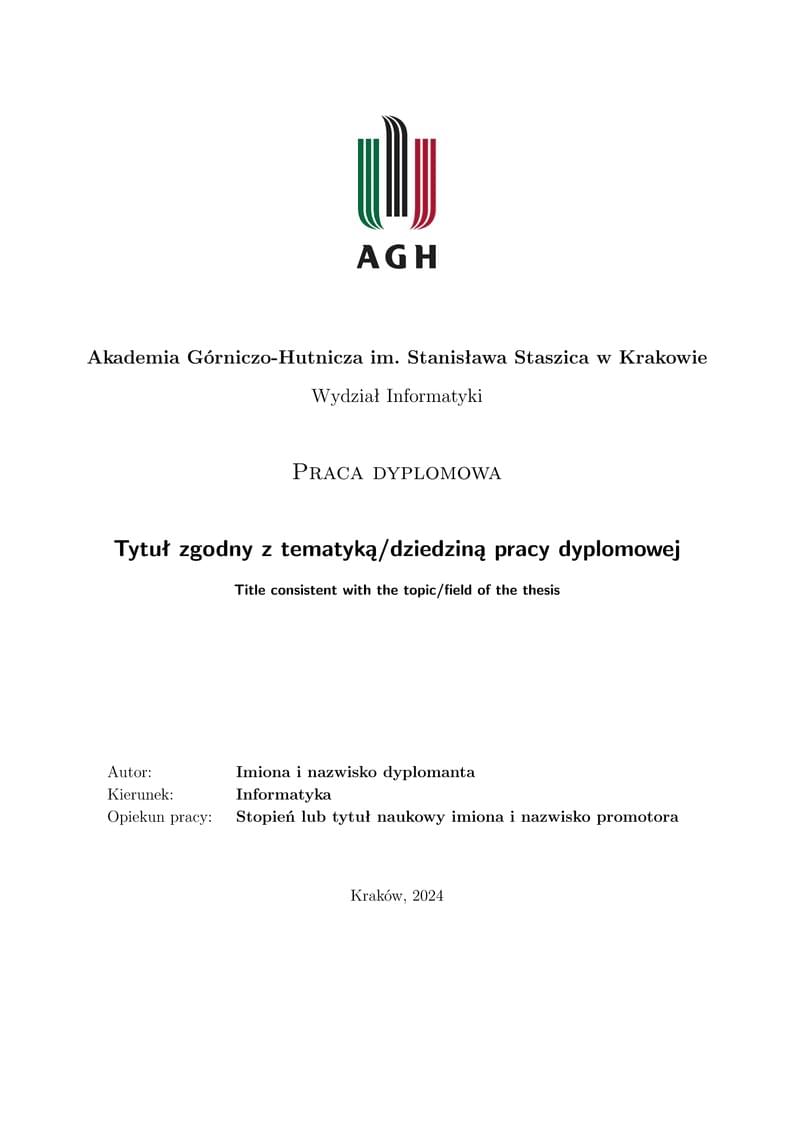overleaf template galleryLaTeX templates and examples — Recent
Discover LaTeX templates and examples to help with everything from writing a journal article to using a specific LaTeX package.

The journal Semina: Exact and Technological Sciences (e-ISSN 1679-0375) is a digital scientific journal, open access, with continuous flow, associated with the Office for Research and Graduate Studies (PROPPG) of the State University of Londrina (UEL). Original and review articles are published, focused on the fields of Technology, including: Architecture and Urbanism, Computation, Chemistry, Engineerings , Geosciences, Mathematics, Physics and Statistics. The journal has free access and there are no fees for submission, evaluation and publication of articles.

Template for UiA PhD mid-term report.

The official template for the typesetting of diploma theses at the Faculty of Computer Science of AGH University of Krakow.

Template for the Latin American Music Information Retrieval 2024 Workshop, in Rio de Janeiro, Brazil. Adapted from ISMIR 2024 paper templates.

Karadeniz Teknik Üniversitesi Deniz Bilimleri ve Teknolojisi Enstitüsü tez dış kapağı ve giriş sayfaları şablonudur.

Modèle de rapport INSA Toulouse général

Standard CV Template

thesis booklet template - University of Szeged, Doctoral School of Computer Science

Official LaTeX template for the LoG conference 2024 (https://logconference.org)
\begin
Discover why over 20 million people worldwide trust Overleaf with their work.